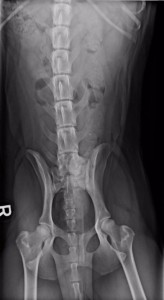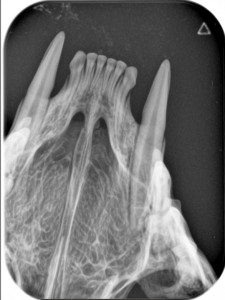Every year, countless animals are abandoned and sent to live their lives in shelters. One main reason this happens is because the previous owners simply didn’t understand how much their new pet would cost. If you are not currently financially stable, then it may be unfair to own a pet, for you may skimp out on their expensive needs. That said, there are affordable solutions! Read on and consider the following:
How much do cats and dogs cost?
Most pet owners do not understand how much these popular animals cost before they adopt one. Prices will vary for veterinary care, between breeders, between shelters, between pet stores etc., but no matter what you end up spending, prices add up quickly. Here is a list of some of the costs that may be involved in owning one or both of these pets:
1. The actual cost of the cat or dog
2. Vaccines
3. De-worming
4. Chip implant
5. Spay/Neuter
6. Food
7. Treats
8. Toys
9. Accessories (collar, leash, bed, harness, bowls)
10. Poop bags
11. Litter
12. Shampoo
13. Nail trimmers
14. Pet Brush
15. Unexpected medical expenses
The most important item on this list is #15, unexpected medical expenses. You may find yourself able to budget for the first 14 items, as they are expected, but medical problems happen suddenly, just as they do in humans. These are the costs that really overwhelm pet owners, and is the reason why so many animals are sadly relinquished from their homes.
So maybe a cat or a dog is not for you at this stage in your life, but as LCAH veterinarian Dr. Sandy says, “it would be wonderful if everyone could have a pet”. This leads us to the next section of this article.
What is the cheapest pet?
So you’ve mulled it over and a cat or dog is just too expensive, this is especially true for young people. Surprisingly though, there are so many other less expensive pets that give just as much companionship and love as the common puppy or kitten! Here are a few suggestions.
1. Rat
I know what many of you may be thinking: “ew”. The rat is a misunderstood creature that is actually extremely intelligent (can be taught to fetch, spin, sit and all kinds of tricks), loveable, and creates strong bonds with their owners. Although, rats should really be purchased in pairs (two females is recommended for new owners), so this increases costs. The rat has a lifespan of about 1-4 years depending on the breed, which means owning one will involve less of a financial commitment than say a dog or cat who can live up to 15+ years! Other furry pets that are equally as affordable include hamsters, guinea pigs, and gerbils!
2. Fish
If your financial budget is considerably low, but you crave to have a small pet to take care of, then a fish may be right for you. Fish are a lot of responsibility as they need to be fed every day, and their tanks need to be cleaned (which is not a fun job), but their costs are relatively low, costing around $100 a year (not including upfront costs of the pet itself, tank etc.). If you are a beginner pet owner, then a fish is a great choice as it will help you learn about yourself, and your willingness to commit to a pet.
3. Gecko
The leopard gecko is the most popular gecko pet and is a good alternative to furry or feathered companions. This breed of gecko is the only one that can make sounds! Geckos are very cheap, whose food only costs a few cents for serving–live crickets. If feeding your pet live food makes you uneasy, then skip all reptiles as options. If not, then the gecko may be a wonderful choice for you.
How can I save money on pet costs?
The best way to save money as a pet owner is this one simple tip– prevention. Keep your animals in good health, give them all required shots, and see the vet frequently. If your animal becomes sick, this is going to be much more costly than prevention ever would be. Keep your pets safe, make sure they are supervised, and keep your dogs on leashes in high-traffic areas!
Buy your pet food in bulk (large bags and full cases). Please check the expiry date and place your dry food in air tight storage containers! This is a basic tip for anyone who wants to save money, pet owners or not. Also, make sure to buy good quality products such as collars and leashes. You’ll save more money buying one slightly more expensive collar, than many cheap ones that break often.
Consider getting pet insurance! No pet owner wants to be put in a tough spot when your pet’s lives are put in danger but the money is just not there. Ask your veterinarian if this option is right for you!
Do not try to save money by buying cheap food products or toys. This can adversely affect your pet’s health which is the most costly problem of all!
Resources
Anderson, K. (2013, April 05). The 10 cheapets pets to own. Retrieved from Mint Life website: https://www.mint.com/blog/trends/the-10-cheapest-pets-to-own-0413/
Animal Planet. (2011, June 22). Pets 101-gecko (video). Retrieved from YouTube website: https://www.youtube.com/watch?v=127QJYw4crY
Spadafori, G. (2009, February 16). Cut the costs, keep the pets. Retrieved from Veterinary Partner website: http://www.veterinarypartner.com/Content.plx?P=A&S=0&C=0&A=2903
Content Contributor: Dr. Sandy Drury



Recent Comments